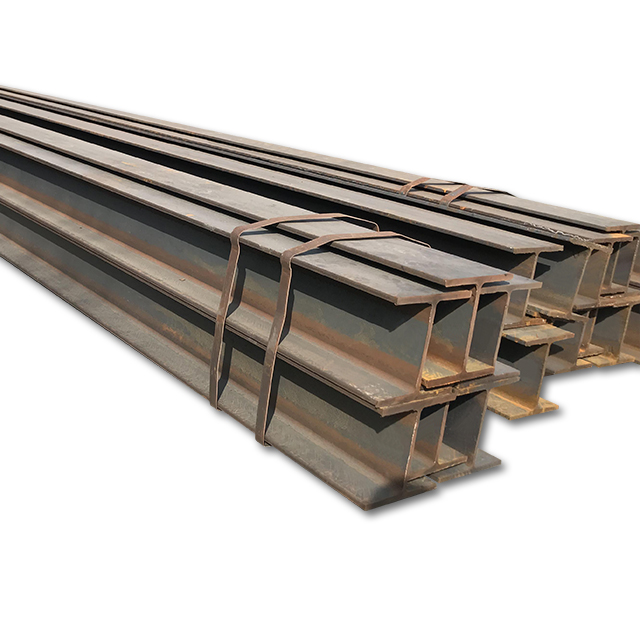Interpret The Characteristics And Applicability of H-Shaped Steel With You
The global H beam market is set to witness significant growth in the coming years, fueled by increasing demand in the construction and infrastructure sectors. H beam, also known as H-section or wide flange beam, is a structural steel product that is widely used in the construction of buildings, bridges, and other large structures.
According to a recent market research report, the demand for H beam is expected to grow at a compound annual growth rate (CAGR) of over 6% from 2021 to 2026. This growth can be attributed to the rising number of construction projects worldwide, particularly in emerging economies such as China, India, and Southeast Asian countries. The construction of new residential and commercial buildings, as well as the renovation and expansion of existing infrastructure, are driving the demand for H beam in these regions.
One of the key drivers for the growth of the H beam market is the increasing adoption of steel as a construction material. Steel offers several advantages over traditional building materials such as concrete and wood, including higher strength-to-weight ratio, durability, and recyclability. These properties make H beam an attractive choice for builders and contractors looking to construct strong and efficient structures.
Furthermore, the versatility of H beam makes it suitable for a wide range of applications in the construction industry. Its wide flange design provides excellent load-bearing capabilities, making it suitable for supporting heavy loads in large buildings and bridges. Additionally, H beam can be easily fabricated and customized to meet specific project requirements, providing flexibility to architects and engineers in designing unique and innovative structures.
In addition to its use in construction, H beam is also finding applications in other industries such as manufacturing and automotive. The automotive sector, in particular, is driving demand for H beam as it is increasingly being used in the production of vehicle chassis and frames. The high strength and rigidity of H beam make it an ideal material for ensuring the structural integrity and safety of vehicles.
Despite the positive outlook for the H beam market, there are certain challenges that could impact its growth. Fluctuations in raw material prices, particularly steel, could affect the overall production cost and pricing of H beam products. Additionally, environmental concerns related to steel production, such as carbon emissions and energy consumption, could influence the demand for steel products including H beam.
To address these challenges, manufacturers are increasingly investing in technological advancements and process innovations to enhance the efficiency and sustainability of H beam production. This includes the adoption of advanced manufacturing techniques and the use of recycled steel as a raw material, which can help reduce the environmental impact of H beam production.
Overall, the H beam market is poised for robust growth in the coming years, driven by the increasing demand for steel in construction and infrastructure projects. With the ongoing focus on sustainable development and innovative manufacturing practices, the H beam industry is expected to continue evolving to meet the changing needs of the global construction market.